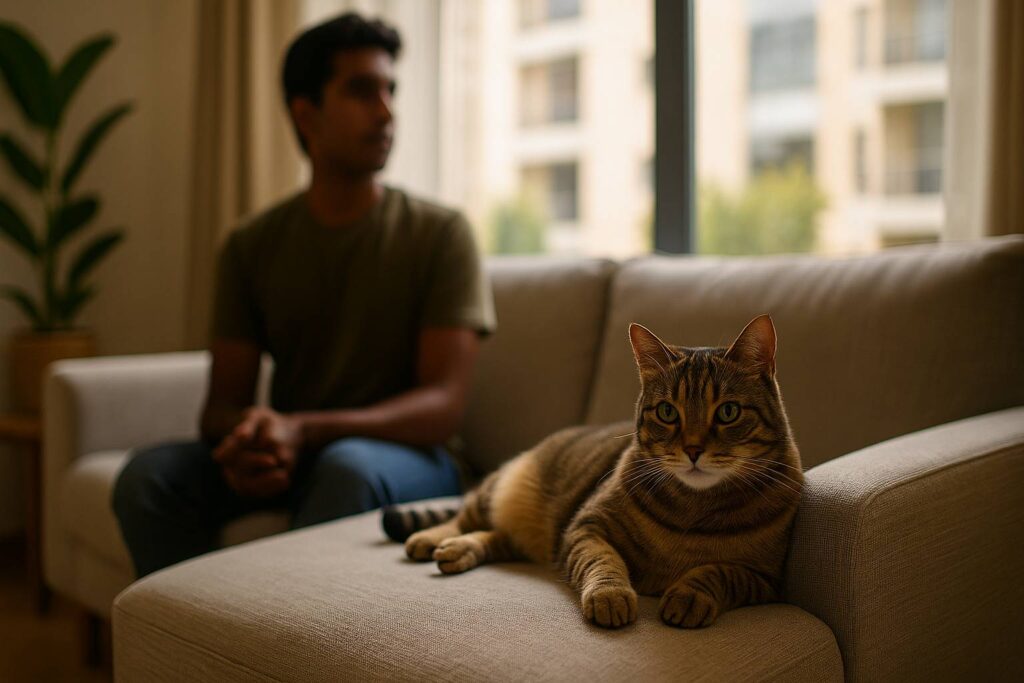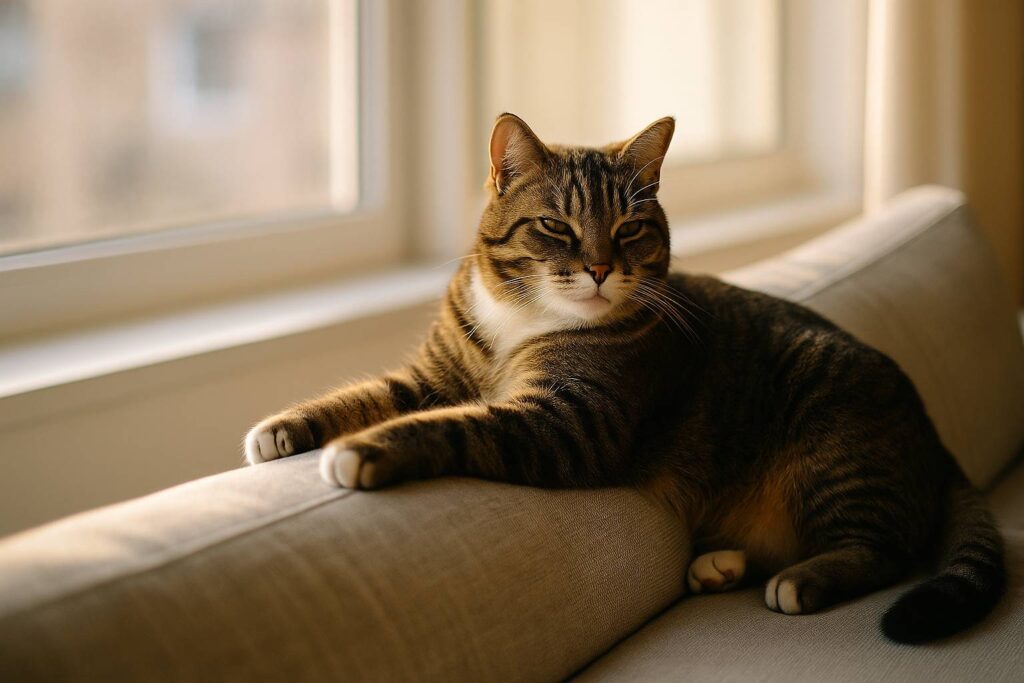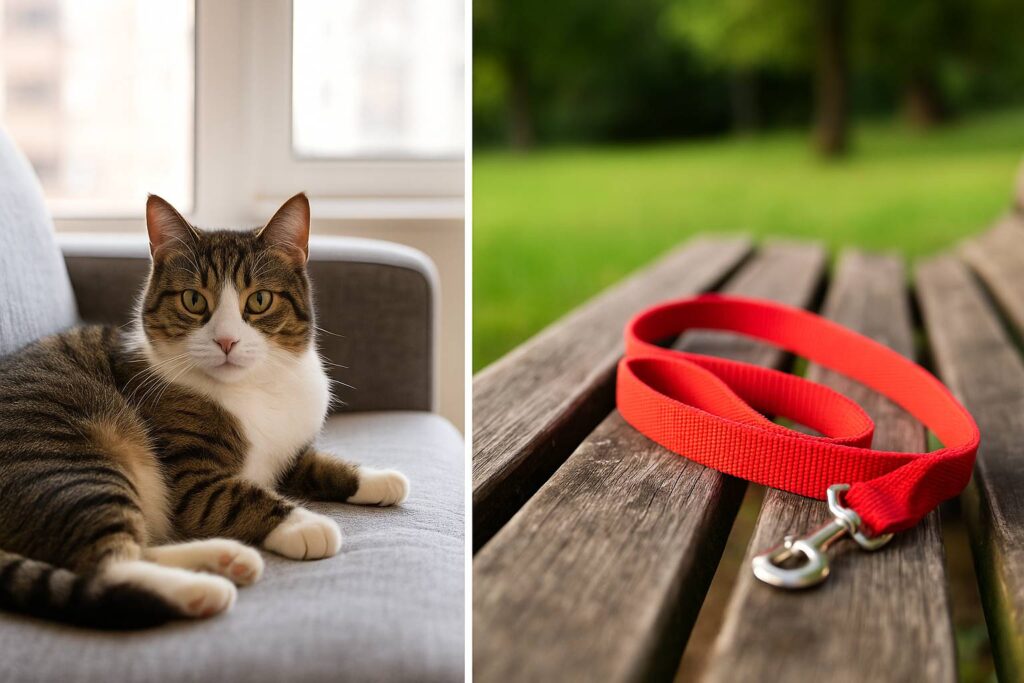
Millennials and Gen Z in India are rapidly redefining what it means to be a pet parent. With smaller living spaces, busy lives, and rising awareness of mental well-being, more young Indians are turning to cats — affectionate, independent, and apartment-friendly companions — instead of dogs. Here’s what’s driving the shift, and what it reveals about changing lifestyles.
The Rise of First-Time Pet Owners
Recent surveys show that a large majority of pet owners in India are first-timers — nearly seven in ten. Many Millennials and Gen Z are seeking companionship and emotional support from pets, especially as they move into more urban, often isolated, living situations. Cats, with their lower maintenance compared to dogs, are becoming popular among people who want a pet but can’t commit to constant walks, space, or time.
Cats: Perfect for Urban Lifestyles

- Space & flexibility — Apartments and shared housing are more common among younger adults. Cats need less outdoor space and adapt to indoor life better.
- Lower upkeep — Fewer costs and logistical challenges (walking, grooming, time demand) make cat ownership more manageable.
- Work & travel friendly — Many Millennials have jobs requiring travel or remote work; cats tend to cope better with alone time (with proper care).
Emotional Well-Being & Social Media Influence
Pets today are companions, not just animals. A majority of younger pet owners say their pet is one of their most important emotional supports. Cats are also heavily featured in memes, reels, and short videos — their humorous or calm behavior online inspires people who want a similar connection in real life.
Market Growth & Consumer Trends
- The pet care industry in India is on a strong growth trajectory, especially in the cat segment: cat food, premium products, toys, grooming, and indoor accessories.
- Millennials are willing to spend more on quality: better nutrition, veterinary care, and stylish indoor gear. The “humanization” of pets is pushing product quality expectations up.
Challenges Faced by Young Cat Owners
- Housing restrictions — Not all apartments or housing societies in India allow pets.
- Cost & awareness — Good supplies, veterinary care, litter, and training can be expensive, and many first-time owners don’t have prior experience.
- Social perceptions — Dogs have long been considered more loyal or protective; cats have had stereotypes of being aloof. These views are changing, but still exist in some areas.
Quick Facts
- Cat ownership in India is rising rapidly, with younger generations leading the trend.
- First-time pet parents make up the majority of new cat owners.
- Cats provide companionship, stress relief, and comfort for urban lifestyles.
FAQs
Are cats more expensive than dogs in India?
Not necessarily. While initial setup (vet, supplies) might be similar, ongoing dog costs (walking, training, space, food) often add up more.
Do cats provide emotional benefits?
Yes. Many owners report reduced stress, companionship, and comfort from having cats at home.
Is adopting a cat difficult in cities?
It depends. Challenges include finding pet-friendly housing and good vet access, but these are becoming easier with more rescue shelters and online communities.
Conclusion
For many Millennials and Gen Z in India, cats offer the perfect balance: companionship, personality, and ease. As urban life gets busier and housing gets tighter, cats emerge not just as pets, but partners in wellness. The rise isn’t just about more cats — it’s about changing values, changing lifestyles, and a new kind of pet culture in India.



